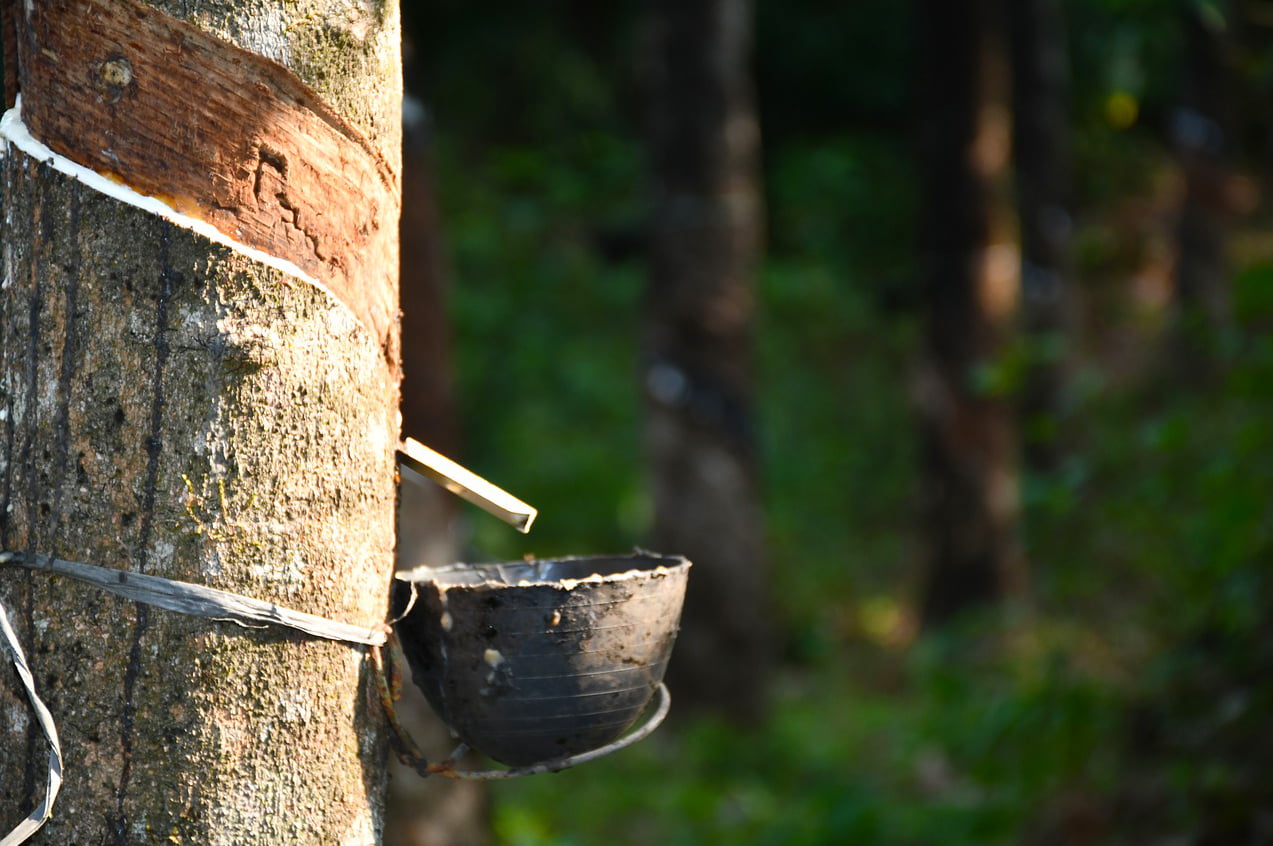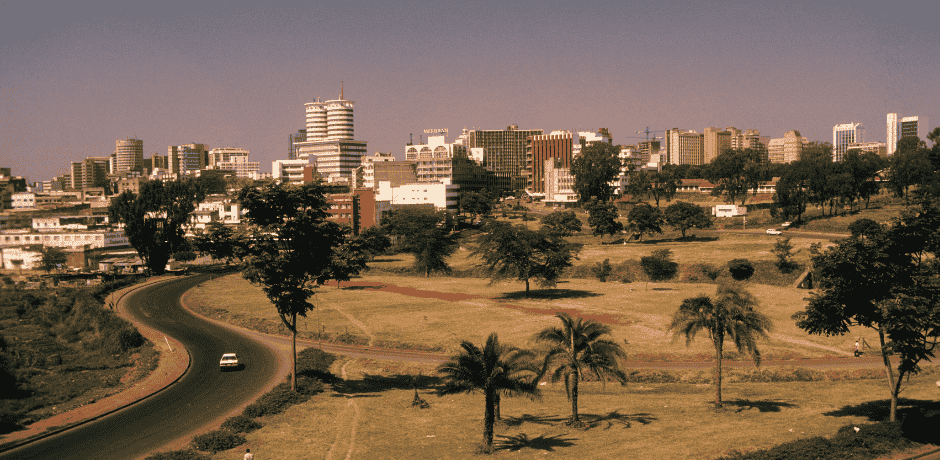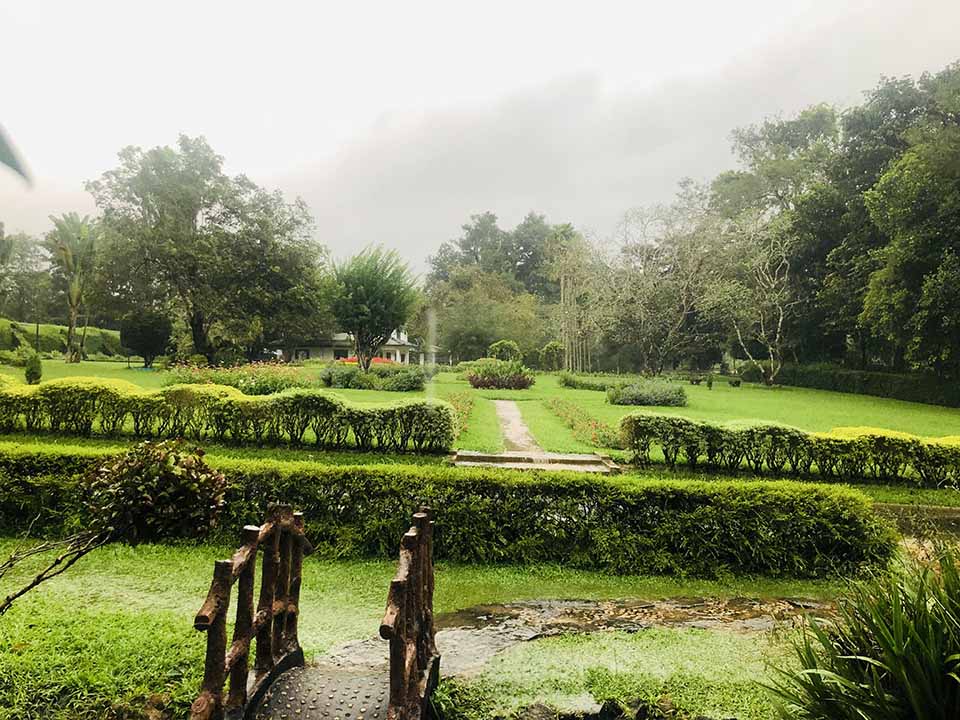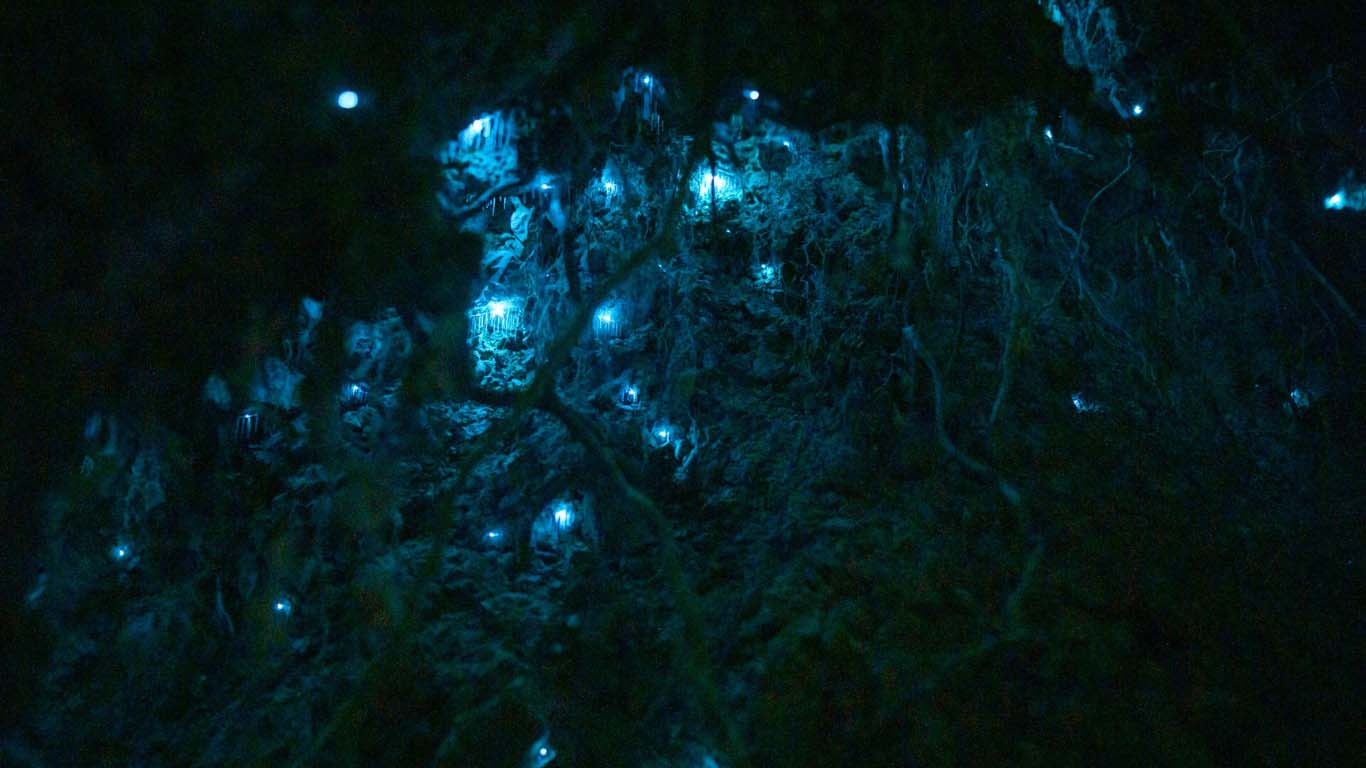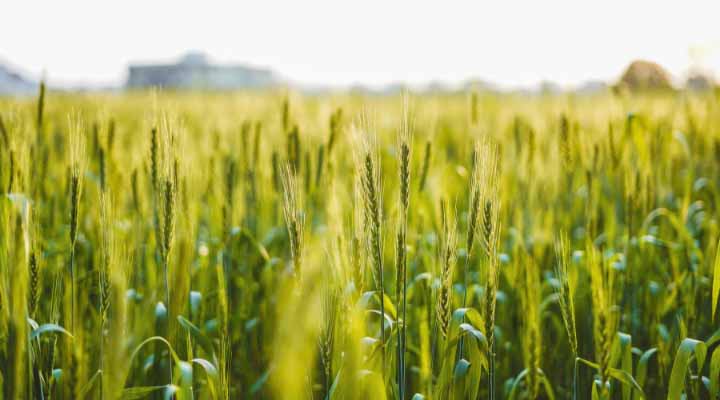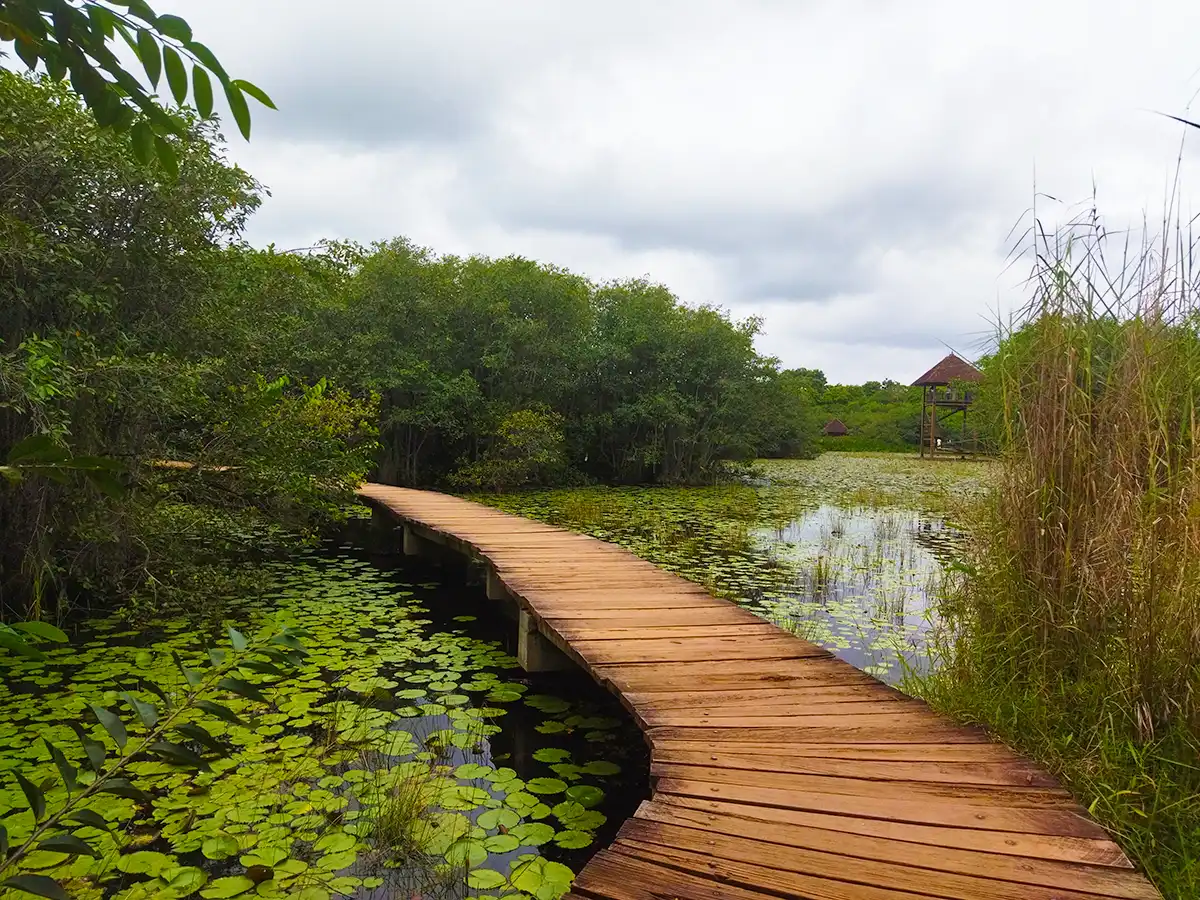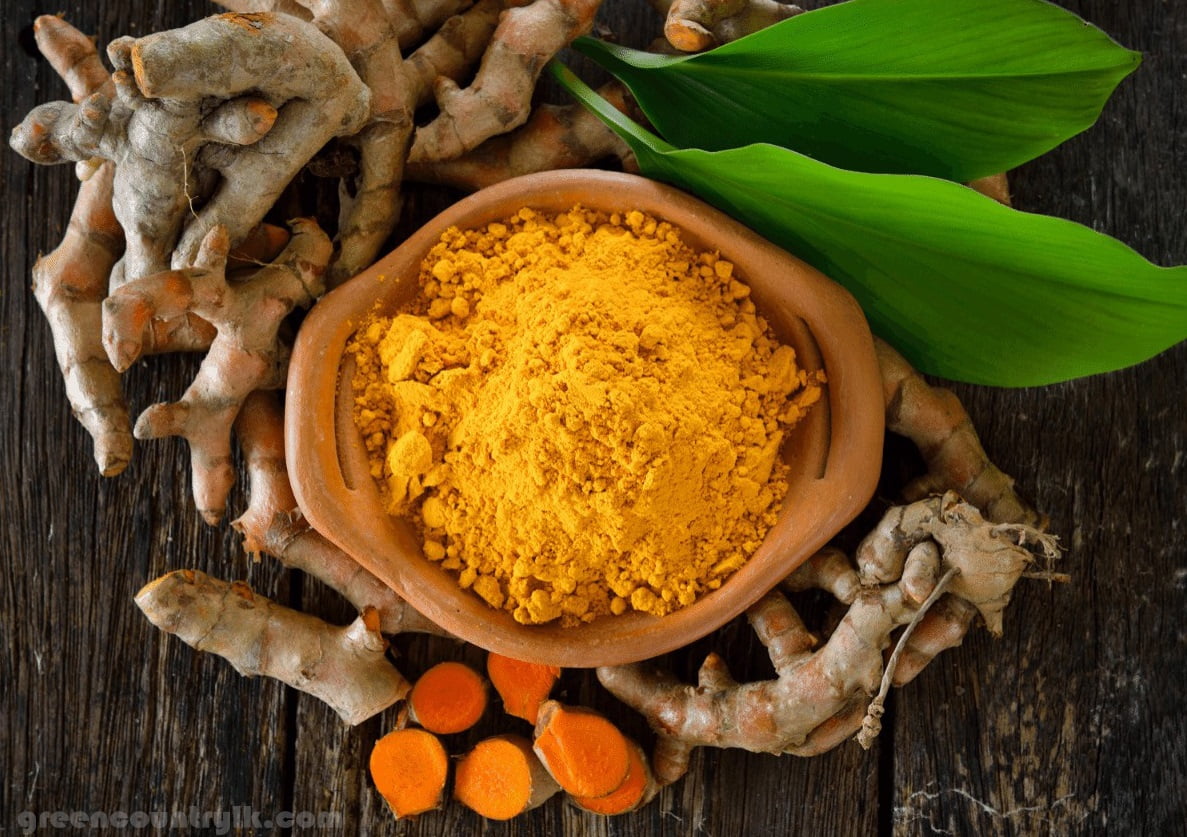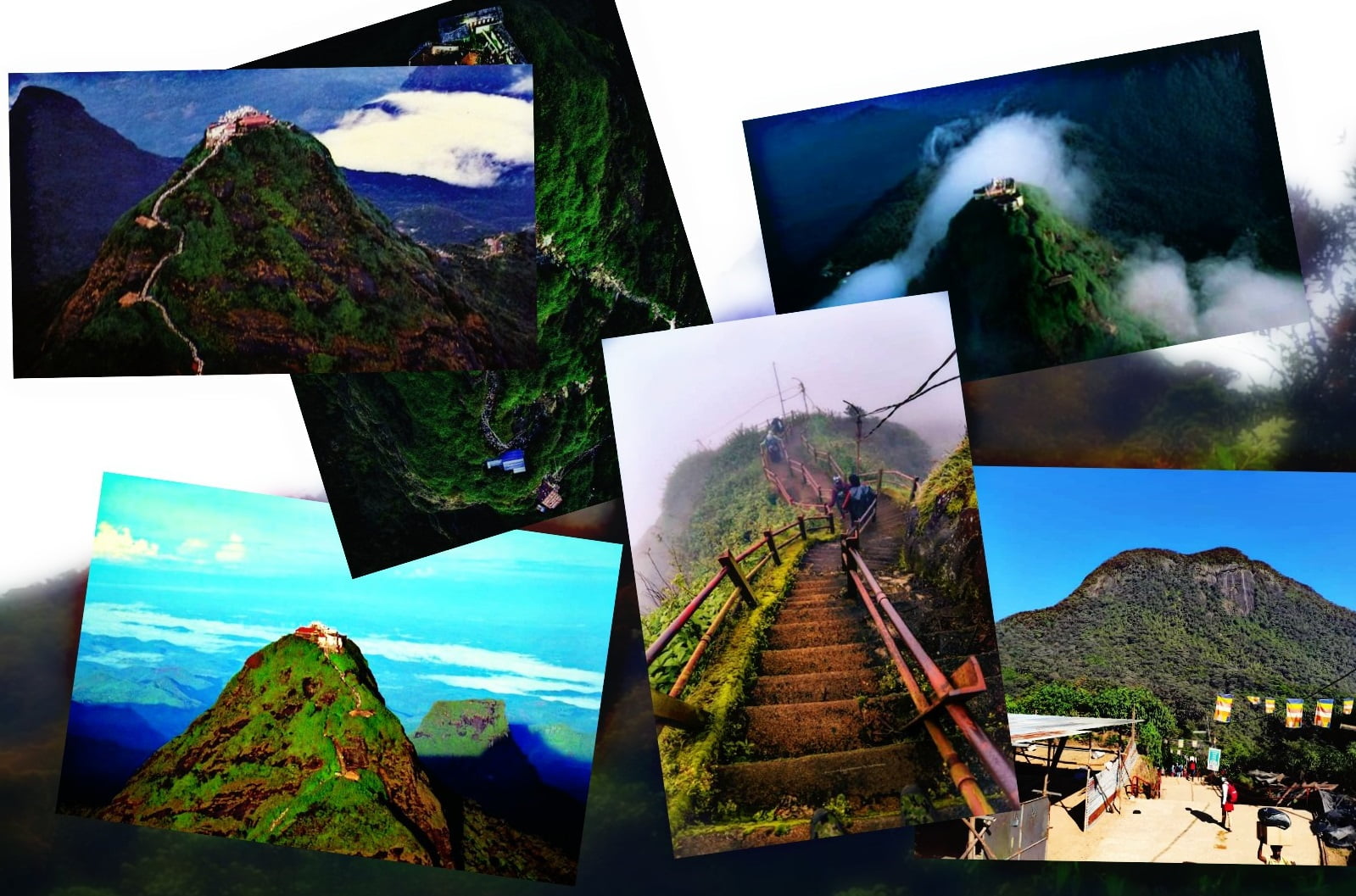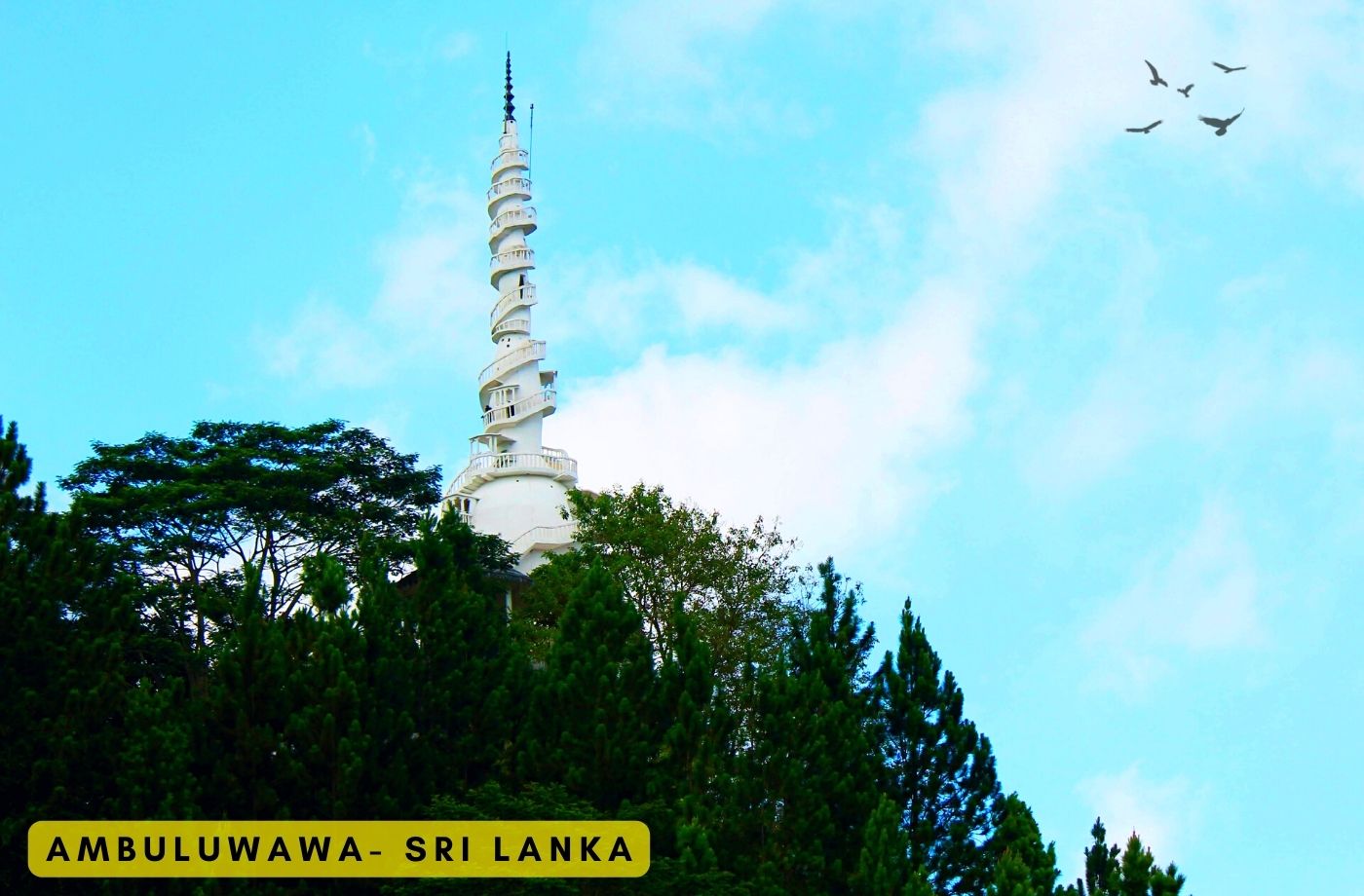The story of the rubber tree is more than a century old. Today, it has become a major economic crop in the world. To change people’s lives, the contribution of the rubber tree is immense. Currently, rubber products are ahead of all products in the world. For decades, the rubber
The story of the rubber tree is more than a century old. Today, it has become a major economic crop in the world. To change people’s lives, the contribution of the rubber tree is immense. Currently, rubber products are ahead of all products in the world. For decades, the rubber plant has remained a major plantation crop for that reason.
History of the rubber tree
The origin of the rubber tree is thought to have taken place in the Amerson Forest of South America. That is related to Brazil. This plant was found during an expedition of Christopher Columbus in the fifteenth century. But it is not rubber. It was a wonderful ball used by the Haitians to play with.
This wonderful toy ball was called ‘Cau Vu Ke’ by the Haitians. They believed that the ball was made from the sap of a weeping tree. Because of this, economic value was created for rubber.
François Pesto, a French engineer in the 18th century, identified this tree. It is also known by the scientific name “Hevea Brasiliensis“. Research on rubber has started since then. And in 1780, the first rubber research thesis was presented by Julius.
Factors required for the growth of a rubber plant
♦ Temperature around 27 degrees Celsius
♦ Rainfall above 2000 mm
♦ Moist laterite type crustal soil
♦ Nutrients of nitrogen, potassium, phosphorus, magnesium, calcium, and sodium
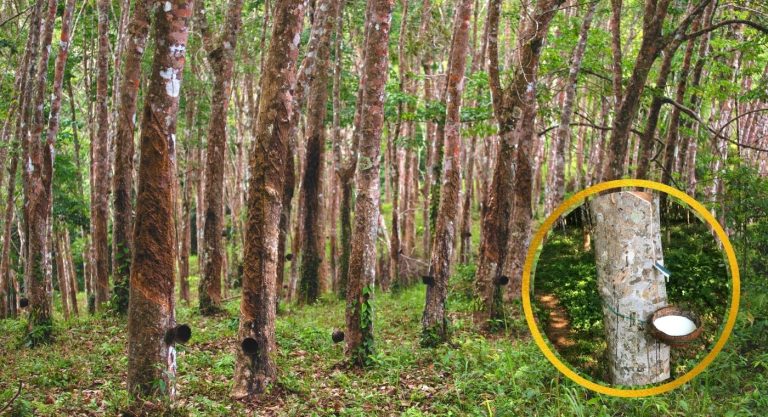
Adverse environmental conditions affecting a rubber plant.
♦ Extreme drought conditions
♦ Damage caused by rain
To avoid the adverse environmental conditions mentioned above,
1. Planting in contour lines
2. Construction of stone pillars
3. Preparation of drains and sludge pits
4. Mulching
5. Use of organic fertilizers
Ways of propagation of a rubber plant.
♦ Plant nursery
♦ Transplantation of plants
♦ Tissue implantation
♦ Bandage graft
♦ Green grafted plants
Specialty of the rubber plant.
The rubber plant belonging to the genus Euphorbiacel, the genus Hevea and the species Hevea Brasiliensis lives for about a hundred years. But the harvest can be obtained for about thirty years. Harvesting begins 5 years after planting. The rubber tree sheds its leaves from March to May. Rubber trees are not harvested until the new leaves emerge and mature. Milking is not advisable during periods of heavy rains.
Use of rubber as an intercropping.
Due to the rapid spread of rubber along with the introduction of rubber, land suitable for rubber cultivation was limited. As a result, rubber was cultivated during the same period of time in the lands where other crops such as coffee and cocoa were grown. This is considered to be the beginning of rubber intercropping.
Major rubber products
♦ Sheet rubber
♦ Crepe rubber
♦ Pale Crepe
♦ Centrifugal latex
♦ Rebid smoke sheet
♦ Technically important rubber
♦ Specialty rubber
These are primary products made from rubber. These are also used for export and industrial production.
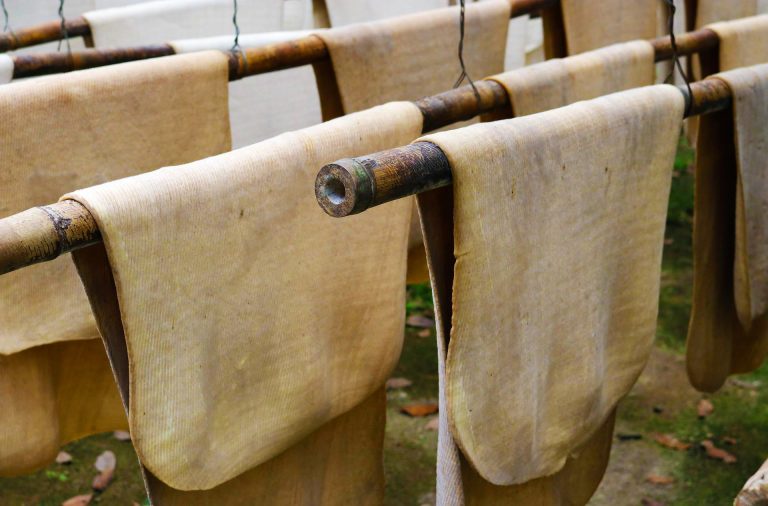
How rubber sheets are produced?
1. Obtaining milk from the rubber tree
2. Mix the purified latex with the required ingredients and put it in trays to make sheets.
3. The thickened rubber sheet is subjected to pressure by a machine to remove further water and thin it
4. Drying the thinned rubber sheet in strong sun
5. Preparation of well-seasoned rubber sheets for sale
Rubber related products
There are many products related to the rubber tree. Its main production factor is latex milk. Many products such as shoes, tires, auto parts, mattresses, furniture, balloons, hot water bottles, gloves used for medical surgery, factory equipment, and toys are manufactured from latex.
⇓ Read this related articles ⇓
-
Learn about anthurium cultivation »
-
Learn about coconut cultivation »
-
Learn About Turmeric Cultivation »
Diseases affecting rubber cultivation
♦ White Root Disease
– Whiteness of the root area of the plant in the early stage of the rubber tree.
♦ Pink Disease
– On the trunk of the rubber tree, which is about three to seven years old, there are large spots like a spider’s web and milking from them.
♦ Conynespora Leaf Spot Disease
– Browning of various places of the rubber sheet.
♦ Oidum Leaf Disease
– Emergence of whitish spots on both sides of rubber leaves and rubber flowers
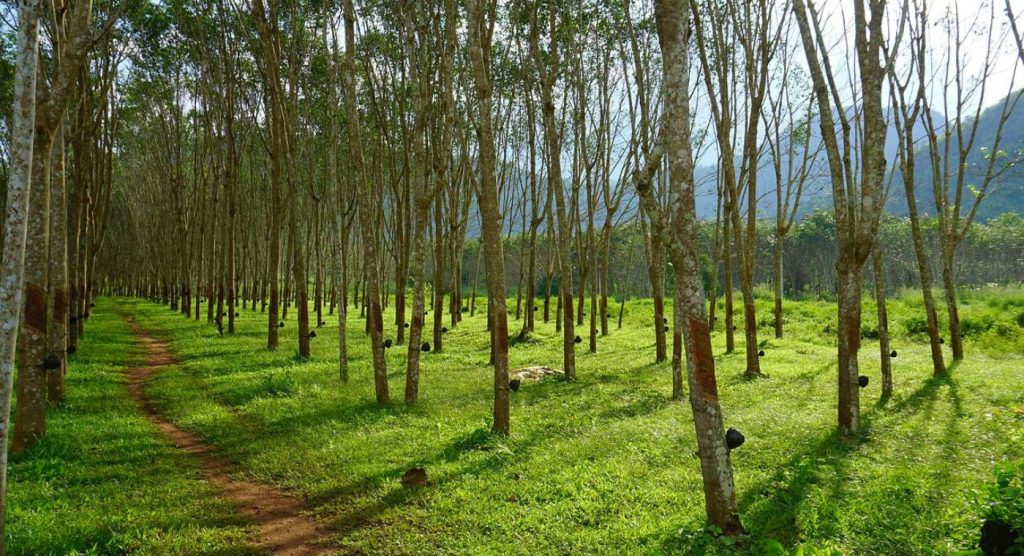
Actions that can be taken to control diseases affecting the rubber plant..
1. Proper use of fertilizers
2. Getting healthy plants
3. Use of pesticides
4. Preparing the cultivation area so that it receives sunlight
5. Availability of Consulting Services
Malaysia, Thailand, Indonesia, China, and Papua New Guinea are the main countries for natural rubber production in the world.
All these countries are members of ANRPC or the Association of Natural Rubber Producing Countries.

